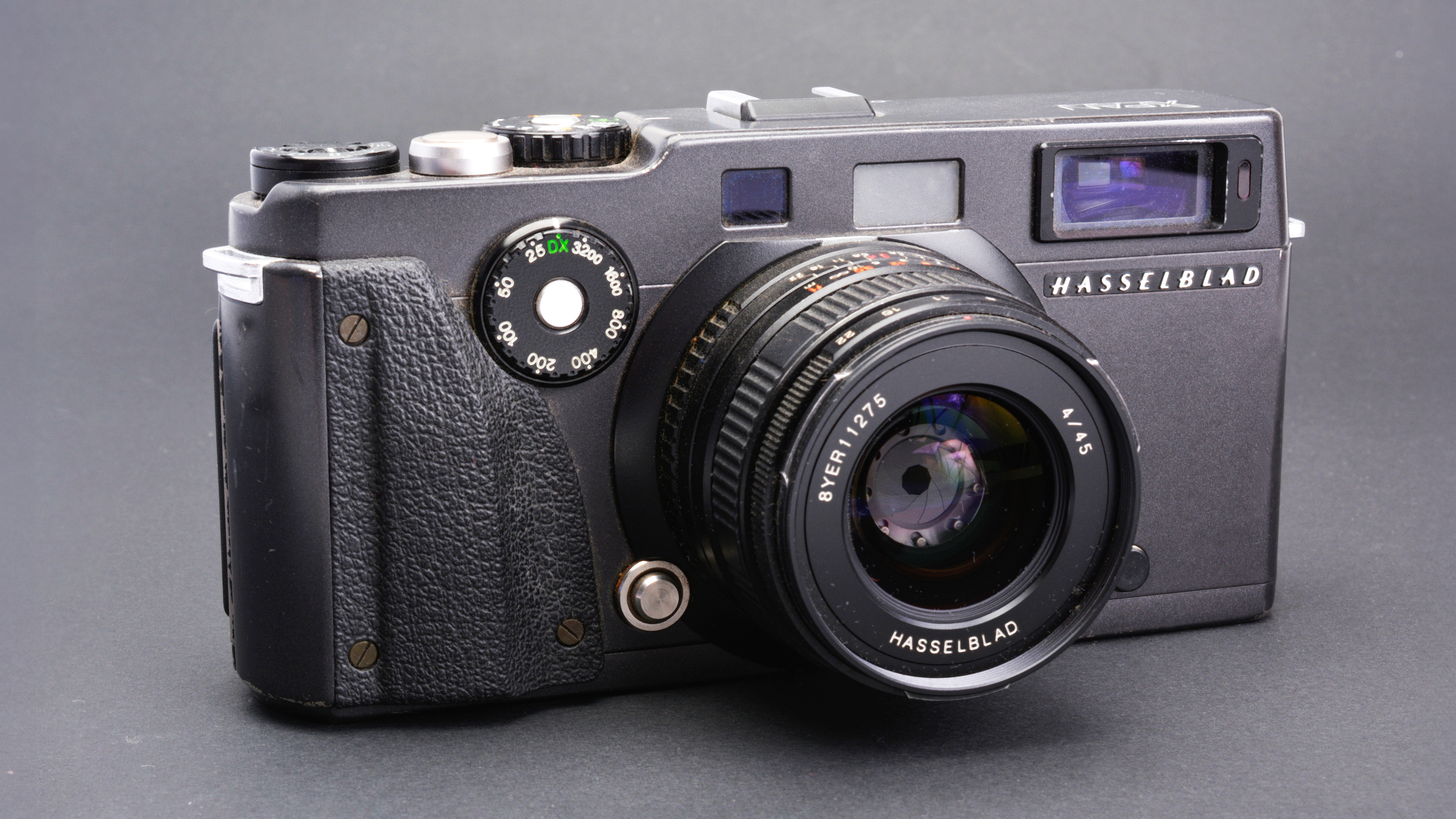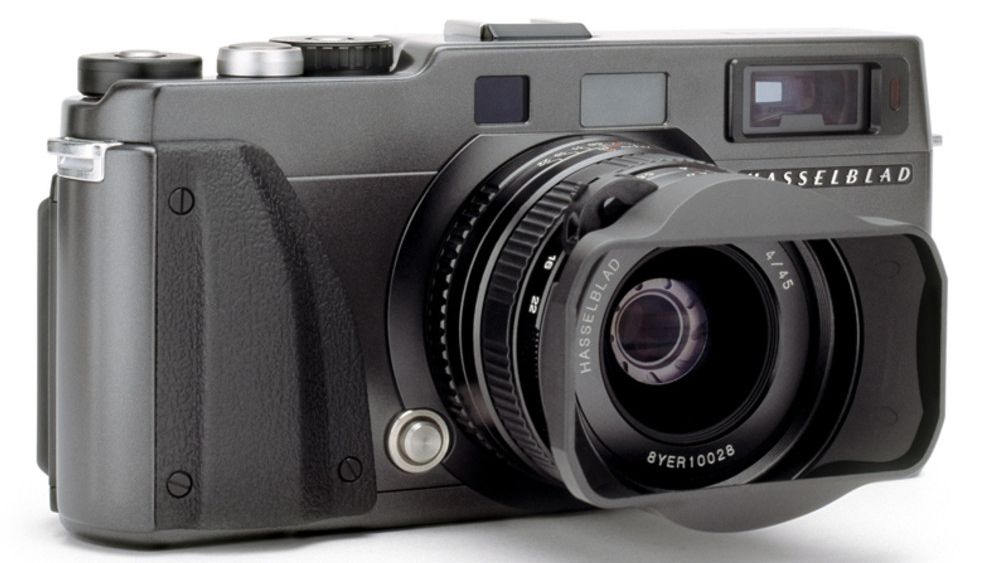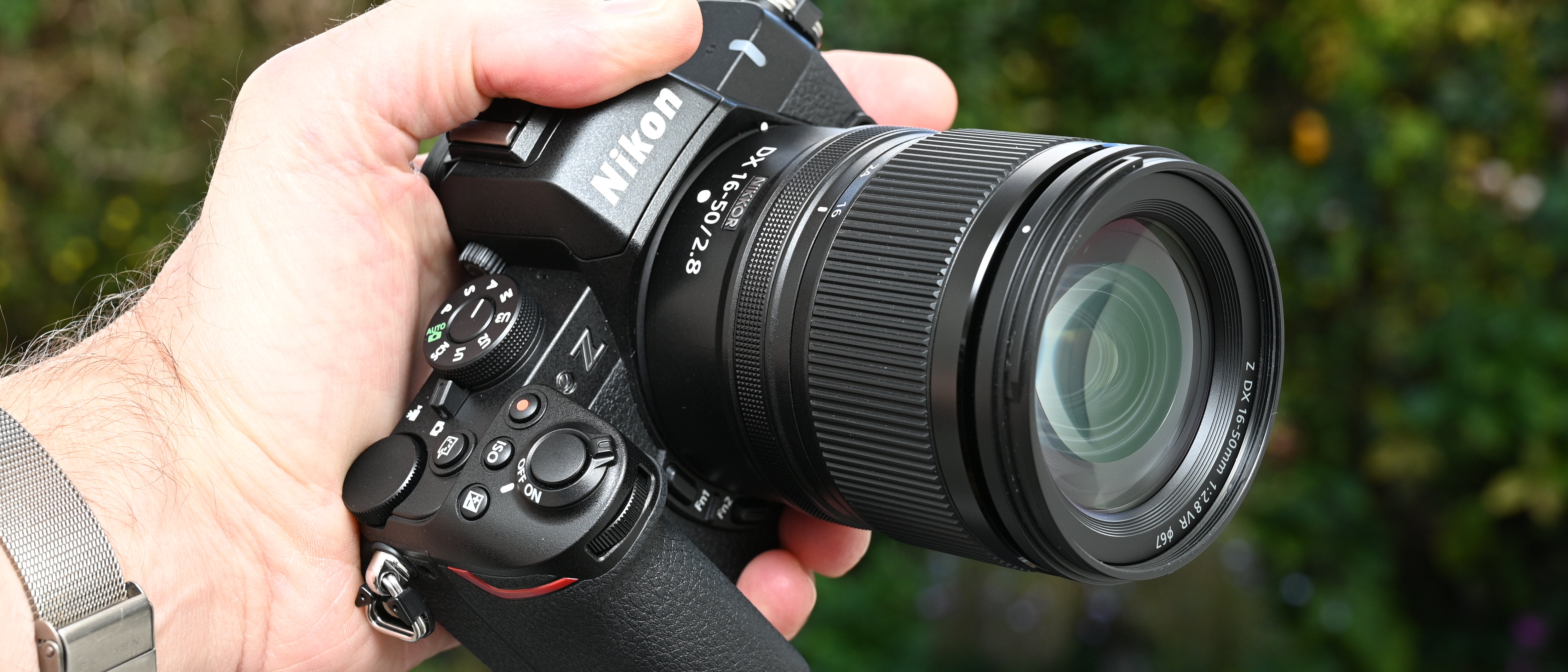The Hasselblad XPan remembered: the iconic camera that lives on in the Fujifilm GFX100RF
From 35mm film to medium format digital compact: the evolution of the XPan panoramic camera

It’s telling that, nearly 20 years after production of the 35mm Hasselblad XPan film camera ended, Fujifilm’s exceptional GFX100RF fixed lens medium format digital camera pays homage with this panoramic 65:24 aspect ratio setting. The link, of course, is that the XPan was really a Fujifilm camera, the TX-1, and agreement was that this model would be sold only in Japan, leaving the Swedes with the rest of the world.
With its comparatively compact size and big “33x44” sensor, the GFX100RF has perhaps become the nearest thing to the ‘digital XPan’ that everybody was yearning for as 35mm film’s glory days became clearly numbered. The 65:24 aspect represents an imaging area 44x16 millimetres on the Fujifilm camera’s 102 megapixels sensor and a healthy 50 MP of resolution at the lens’s 28mm-equivalent focal length, but there’s also the option of applying further crops to give, effectively, 35mm, 50mm and 63mm. And even at the heaviest crop, the resolution is still a usable 10MP.
The XPan was an interchangeable lens camera, but there were only ever three lenses to choose from, and a great many users stuck with the ‘standard’ 45mm f/4.0 prime which was equivalent to a 25mm on the 24x65 mm frame. The short telephoto 90mm f/4.0 – equivalent to 50mm – was arguably less versatile, and the later 30mm f/5.6 aspherical ultra-wide – which equated to a 17mm – was prohibitively expensive. The XPan’s ‘double 35mm’ format was its unique feature and made it bigger than a conventional 35mm rangefinder design, but not by a significant amount, and handily, it could be switched to take 24x36mm frames at any point on a roll. If you stuck with shooting only panoramas, you get 20 frames from a 36-exposure length of 35mm film.
Hasselblad’s first-ever 35mm camera, the XPan, was launched in August 1998. Although a manual focus model, it was largely automated in other areas, including exposure control, ISO setting (via the DX code system), and a motorized film transport. It was considered too expensive to go down the autofocus route as the XPan lenses were essentially medium-format designs in order to obtain a wide enough imaging circle.
The mid-roll format switching was made by prewinding the film immediately after it is loaded so it was then essentially exposed ‘in reverse’ so only the last bit of leader needed to be wound back into the cassette at the end. An important advantage of this arrangement is that if the camera back is accidentally opened – which was actually possible to do unthinkingly with the XPan – all the exposed frames were safely tucked away in the cassette. The camera’s frame counter also went in reverse.
The XPan had TTL-OTF center-weighted average metering backed either aperture-priority auto or manual exposure control. The overrides for the former included an AE lock, up to +/-2.0 EV of compensation, and auto bracketing over three frames (in both formats). A metal-bladed focal plane shutter delivered a speed range of 8-1/1000 seconds with flash sync up to 1/125sec.
External flash units were synced via a hotshoe or a PC terminal, but the system never included a dedicated flash. Continuous shooting was possible at 1.2 fps in the single frame mode and 0.9 fps in the double frame mode.
The best camera deals, reviews, product advice, and unmissable photography news, direct to your inbox!

The camera’s construction employed a combination of aluminium and titanium with a shallow rubberised handgrip on the ’Blad, a wooden one on the Fujifilm TX-1 (which, incidentally, could be interchanged).
Given its size, automation and comparative pricing, the 35mm XPan made panorama photography a whole lot more accessible and certainly much more convenient compared to using the dedicated rollfilm cameras around at the time such as Fujifilm’s own 6x17mm format GX617.
It was also a lot cheaper to run – you get just four 6x17cm frames from 120 rollfilm. Notably, the XPan extended the creativity of the panorama format into many more applications beyond landscapes, such as photojournalism and sports.
The updated XPan II model arrived in April 2003 and it was sold in Japan as the Fujifilm TX-2. Apart from some variations in finishes, there were no differences between the different branded versions, but there were many improvements over the first model, including the addition of shutter speed read-outs in the viewfinder, a complete redesign of the exposure compensation selector (too easily mis-set previously), a multiple exposure facility and an additional two-second delay setting for the self-timer.
XPan II and TX-2 production ended in January 2006, but desirability factor appears undiminished with second-hand prices now often exceeding – and by a significant margin in some cases – what either generation model cost when new. Rarity adds a premium to the Japan-only Fujifilm cameras so the later TX-2 is arguably the most desirable model to have, but any of them are a pure joy to own and use.

Paul has been writing about cameras, photography and photographers for 40 years. He joined Australian Camera as an editorial assistant in 1982, subsequently becoming the magazine’s technical editor, and has been editor since 1998. He is also the editor of sister publication ProPhoto, a position he has held since 1989. In 2011, Paul was made an Honorary Fellow of the Institute Of Australian Photography (AIPP) in recognition of his long-term contribution to the Australian photo industry. Outside of his magazine work, he is the editor of the Contemporary Photographers: Australia series of monographs which document the lives of Australia’s most important photographers.
You must confirm your public display name before commenting
Please logout and then login again, you will then be prompted to enter your display name.
